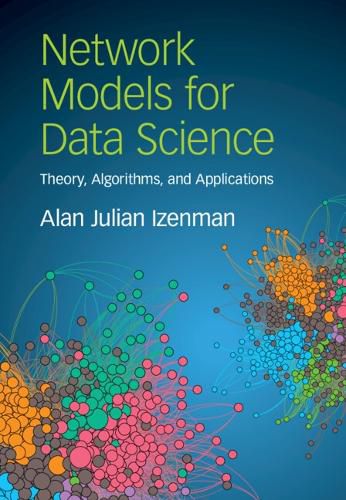Readings Newsletter
Become a Readings Member to make your shopping experience even easier.
Sign in or sign up for free!
You’re not far away from qualifying for FREE standard shipping within Australia
You’ve qualified for FREE standard shipping within Australia
The cart is loading…






This text on the theory and applications of network science is aimed at beginning graduate students in statistics, data science, computer science, machine learning, and mathematics, as well as advanced students in business, computational biology, physics, social science, and engineering working with large, complex relational data sets. It provides an exciting array of analysis tools, including probability models, graph theory, and computational algorithms, exposing students to ways of thinking about types of data that are different from typical statistical data. Concepts are demonstrated in the context of real applications, such as relationships between financial institutions, between genes or proteins, between neurons in the brain, and between terrorist groups. Methods and models described in detail include random graph models, percolation processes, methods for sampling from huge networks, network partitioning, and community detection. In addition to static networks the book introduces dynamic networks such as epidemics, where time is an important component.
$9.00 standard shipping within Australia
FREE standard shipping within Australia for orders over $100.00
Express & International shipping calculated at checkout
This text on the theory and applications of network science is aimed at beginning graduate students in statistics, data science, computer science, machine learning, and mathematics, as well as advanced students in business, computational biology, physics, social science, and engineering working with large, complex relational data sets. It provides an exciting array of analysis tools, including probability models, graph theory, and computational algorithms, exposing students to ways of thinking about types of data that are different from typical statistical data. Concepts are demonstrated in the context of real applications, such as relationships between financial institutions, between genes or proteins, between neurons in the brain, and between terrorist groups. Methods and models described in detail include random graph models, percolation processes, methods for sampling from huge networks, network partitioning, and community detection. In addition to static networks the book introduces dynamic networks such as epidemics, where time is an important component.